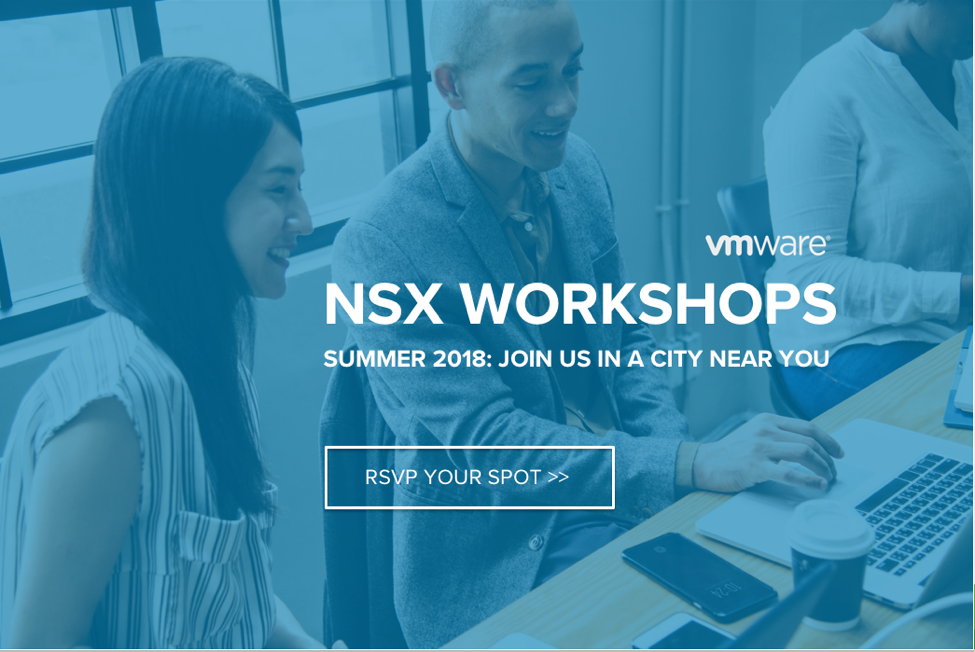IDG Contributor Network: Overcoming kludges to secure web applications
When it comes to technology, nothing is static, everything is evolving. Either we keep inventing mechanisms that dig out new security holes, or we are forced to implement existing kludges to cover up the inadequacies in security on which our web applications depend.The assault on the changing digital landscape with all its new requirements has created a black hole that needs attention. The shift in technology, while creating opportunities, has a bias to create security threats. Unfortunately, with the passage of time, these trends will continue to escalate, putting web application security at center stage.Business relies on web applications. Loss of service to business-focused web applications not only affects the brand but also results in financial loss. The web application acts as the front door to valuable assets. If you don’t efficiently lock the door or at least know when it has been opened, valuable revenue-generating web applications are left compromised.To read this article in full, please click here
 Its enthusiasm for the VIO 5 product stands in contrast to the OpenStack 2017 Summit where it seemed many people weren’t even aware that VMware had an OpenStack distribution.
Its enthusiasm for the VIO 5 product stands in contrast to the OpenStack 2017 Summit where it seemed many people weren’t even aware that VMware had an OpenStack distribution.
 Following concerns from Senator Marco Rubio that American companies are not using their repatriated cash to invest in the American worker, we looked into what seven tech companies are planning to do with the billions they brought back.
Following concerns from Senator Marco Rubio that American companies are not using their repatriated cash to invest in the American worker, we looked into what seven tech companies are planning to do with the billions they brought back.